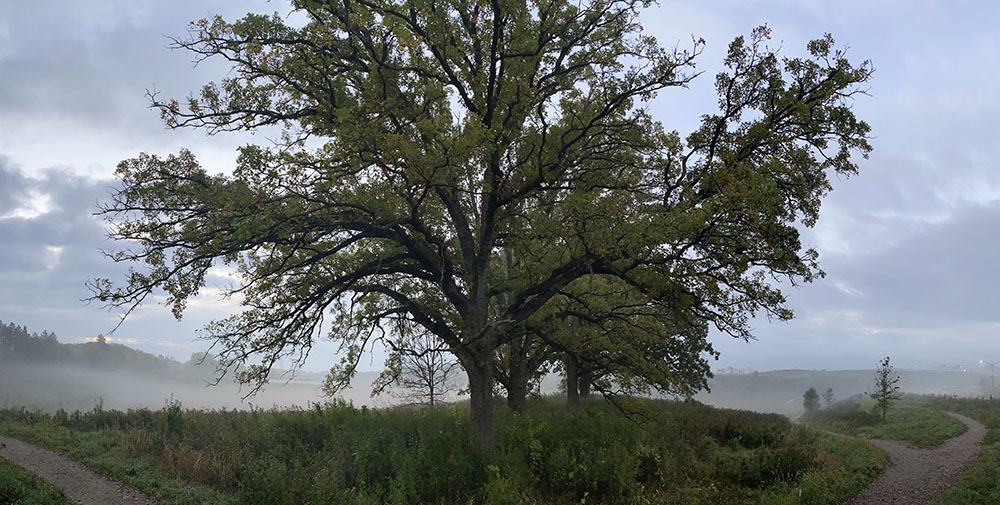
Planting and Tending Trees for the Planet
August 18, 2024 | Topics: Issues
by Virginia Small
Photography by Eddee Daniel
Trees foster a thriving community and planet in myriad ways. They filter the air we breathe, improving its quality. They absorb carbon dioxide and mitigate effects of climate change. They provide cooling shade for people, buildings and neighborhoods. They counter the “urban heat island” that results from concrete and other materials holding heat and elevating temperatures by day and night. Trees also help to decrease flooding and erosion and provide habitat for wildlife. They support people’s physical and mental health. And, of course, trees are beautiful.

Nonetheless, people often take trees for granted. Or, worse, actions such as careless mowing and excessive mulching can harm them.
Many experts consider tree planting and maintenance absolutely essential to countering the global climate crisis. They call for retaining trees as long as possible and cutting them down only when they are irreparably diseased or posing safety risks.
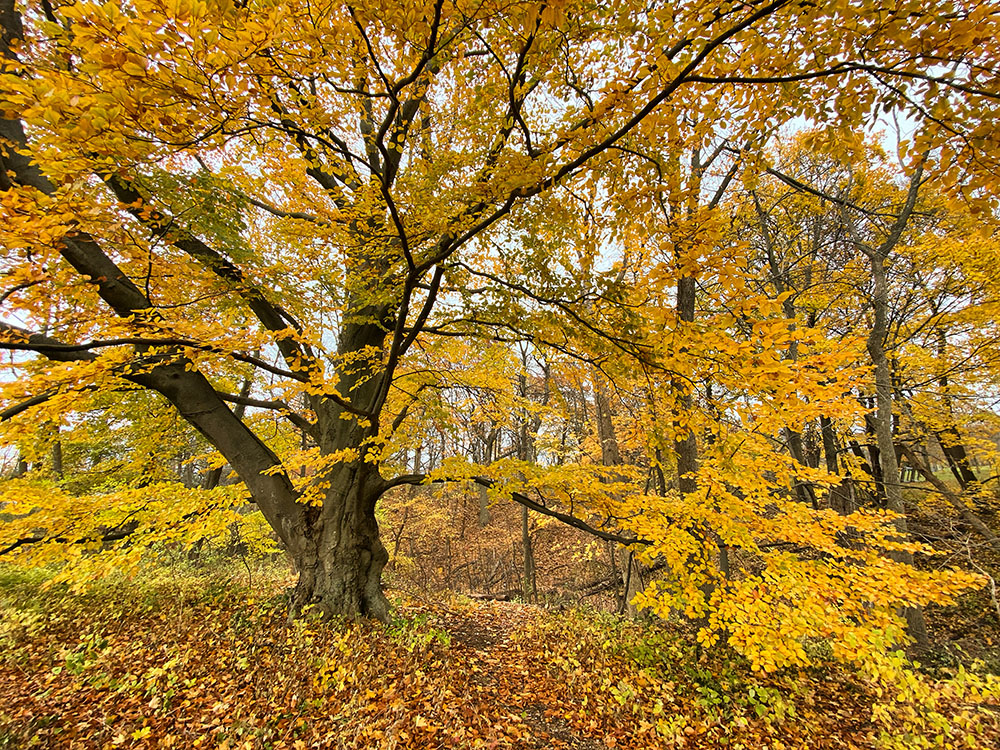
In forest ecology, canopy refers to the upper layer, or habitat zone, created by mature trees. Tree preservation, appropriate planting, and proper tree care all contribute to a sustained or enhanced tree canopy. In contrast, tree removal, site clearing during development, natural incidents such as fire and storms, and inadequate tree care can decrease tree canopy. Maintaining tree canopy involves governmental and other collective investments in public spaces, as well as individual actions on private property.
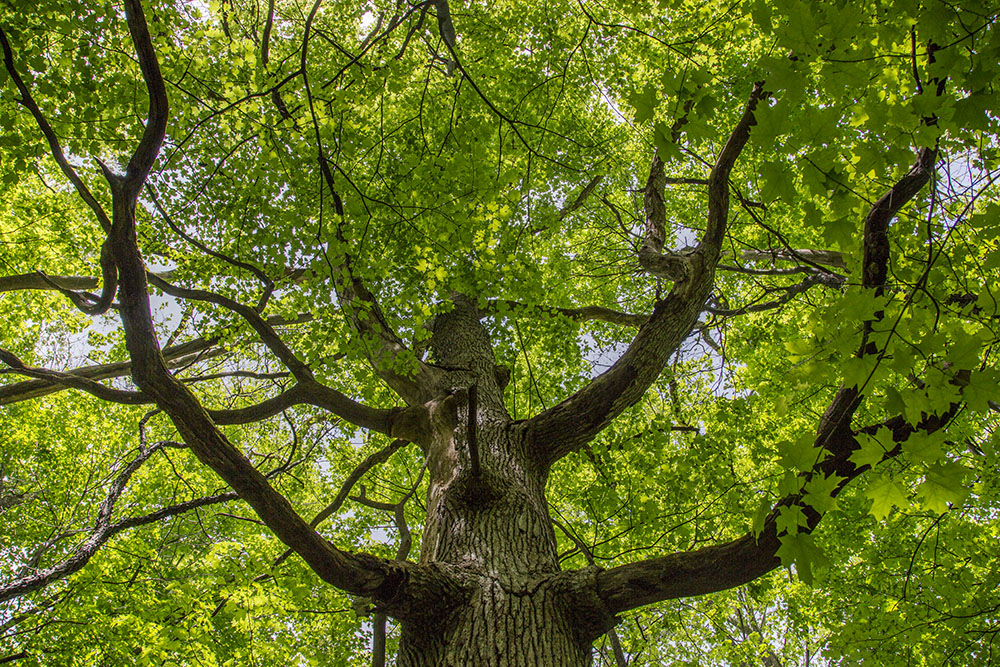
Milwaukee’s urban tree canopy soon will get a big boost. The U.S. Department of Agriculture, through the Forest Service, has announced that it will grant $12 million to address disparities in the amount and quality of trees in Milwaukee’s public realm. The City of Milwaukee (Environmental Collaboration Office and Urban Forestry Department), Milwaukee County Parks, Metropolitan Milwaukee Sewerage District (MMSD), Milwaukee Public Schools and several community-based organizations are collaboratively planning for how to use the funds. Projects will include tree planting, pruning and other maintenance; “de-paving” some areas and replanting them with trees (such as on school grounds); work-force development in urban forestry, and public outreach and education.
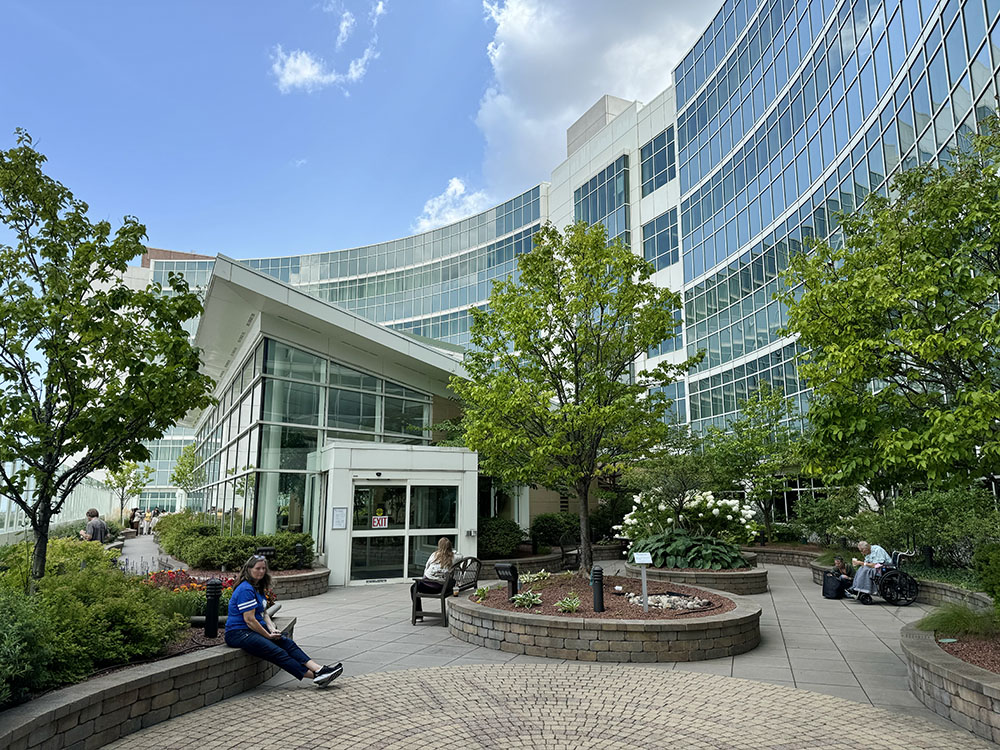
Randy Krouse, the city’s forestry services manager, told Shepherd Express that all projects to be funded have been selected based on sites with the highest need for trees, flooding issues, heat vulnerability, socioeconomic factors and percentage of tree canopy. Drawing on many sources of data has allowed planners to create an “equity index” to develop objective assessments of need, according to Aaron Saeugling of Forestry Services. Two public meetings were held in March to get community feedback about proposed projects.
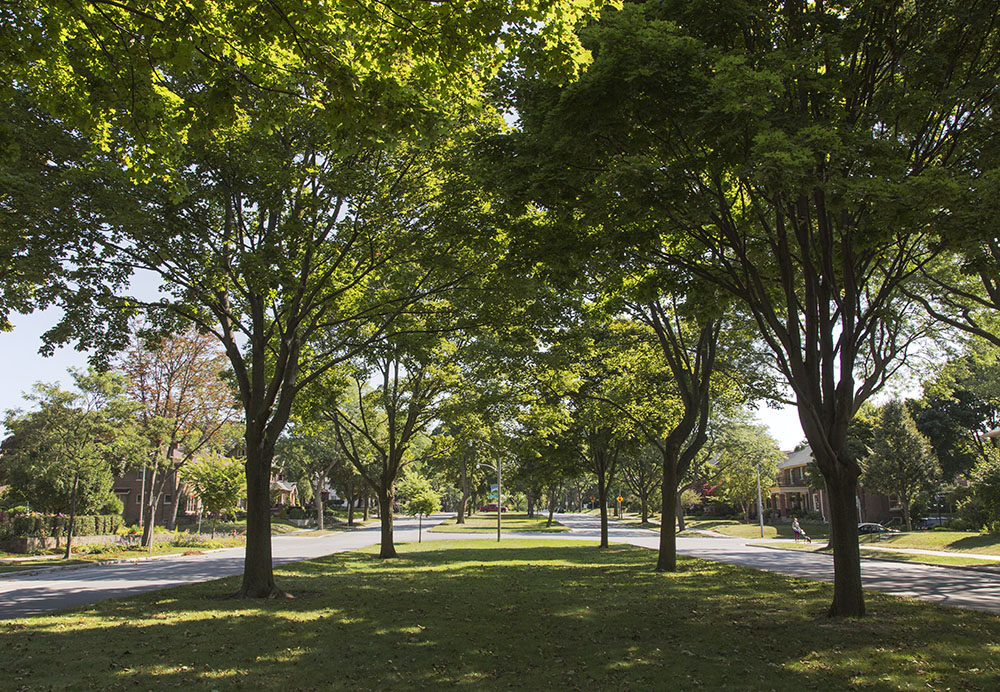
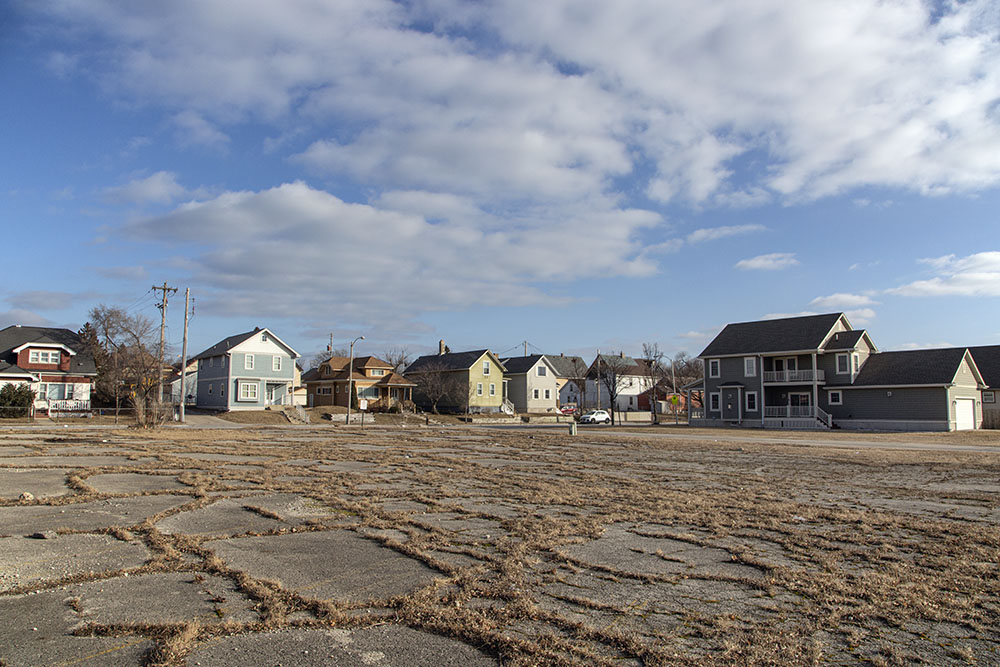
Krouse said that the forestry department manages about 194,000 street tree sites, with a goal of having “as many healthy trees standing as safely as possible.” The department manages its own nursery in Franklin, where it grows 20,000 street trees. “We try to maintain a diverse array of trees,” said Krouse. “Not all trees can survive the harsh conditions of urban streetscapes.”
Milwaukee’s tree-canopy coverage is currently about 25 percent, said Krouse. He would like to see that rise to 30 or 40 percent. “Achieving that will require efforts by many entities and individuals,” he said.
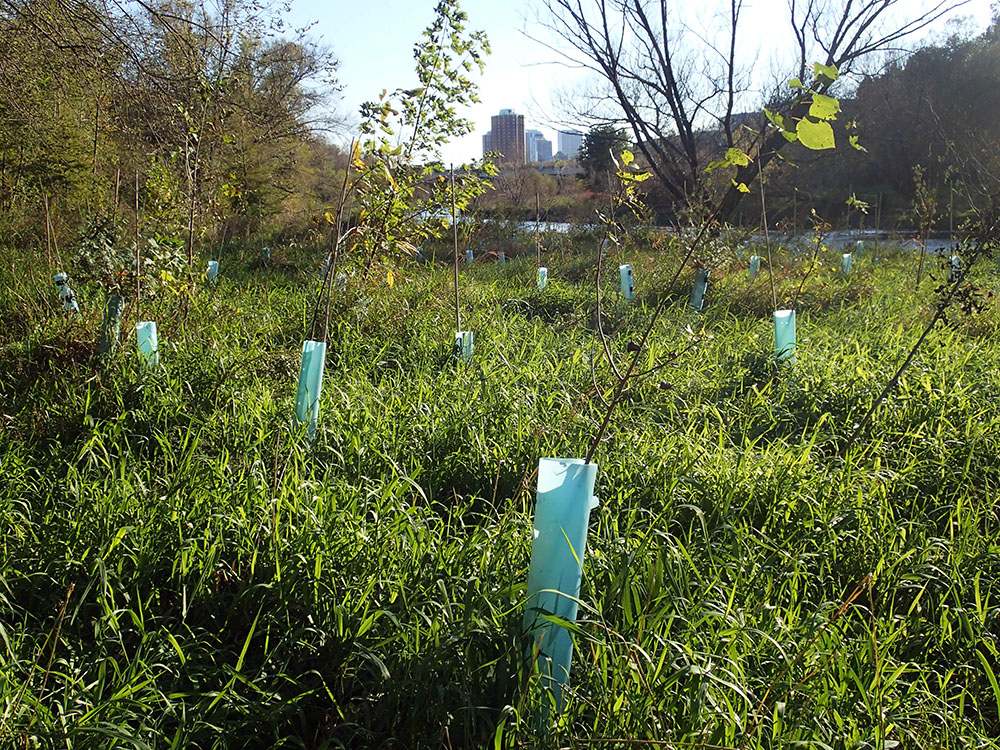
Here’s how you can help:
Start today. A popular adage is, “Twenty years ago was the best time to plant a tree. The second-best time is now.” We can focus on trees beyond Earth Day and Arbor Day.
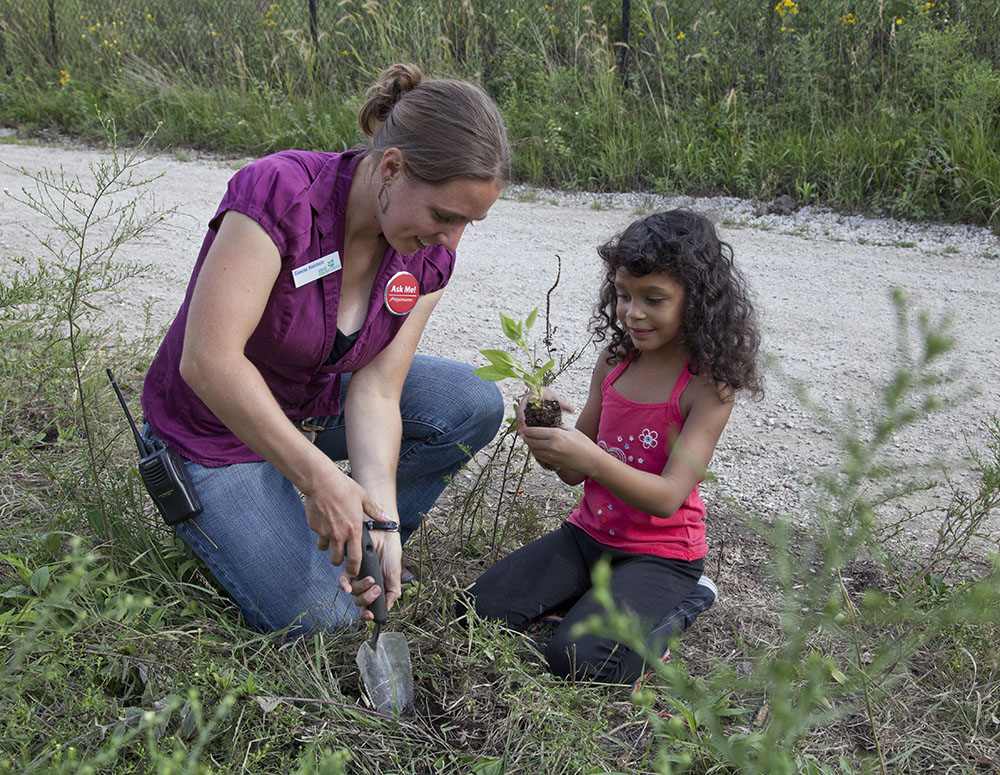
Choose the right tree for the right place. Tree selection should follow exploration of multiple goals, a site’s growing conditions, and the life cycle and mature habitat of specific trees, and what that will mean. For example, oaks are stellar options environmentally, but not every urban lot can accommodate the long-term maturation of a mighty oak. Many different tree species contribute to biodiversity. Personal preferences also have their place. Consider relationships you have enjoyed with specific trees and how that might inform your choices. Thoughtful research and planning up front will pay dividends down the road.
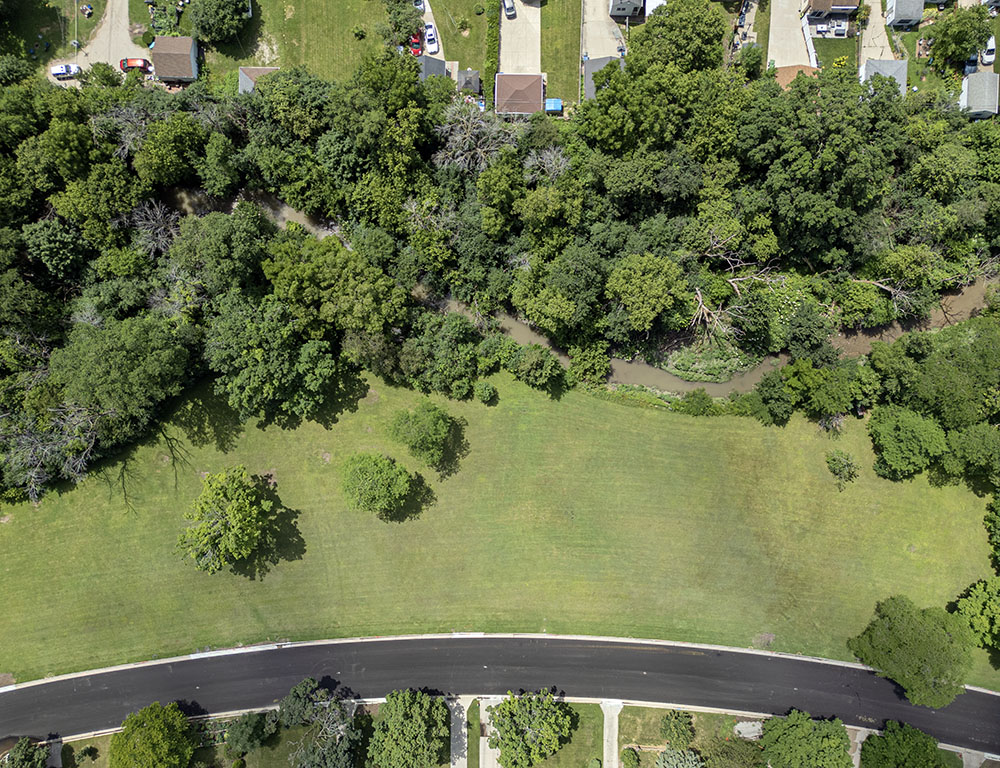
Take advantage of free and affordable trees. Any fourth-grade student in Wisconsin can apply to the Department of Natural Resources (DNR) to receive a tree to plant to celebrate Arbor Day. Some local organizations offer free seedling trees, including the River Revitalization Foundation. The DNR’s reforestation program offers high-quality native tree seedlings and shrubs to plant on private and public lands for conservation.
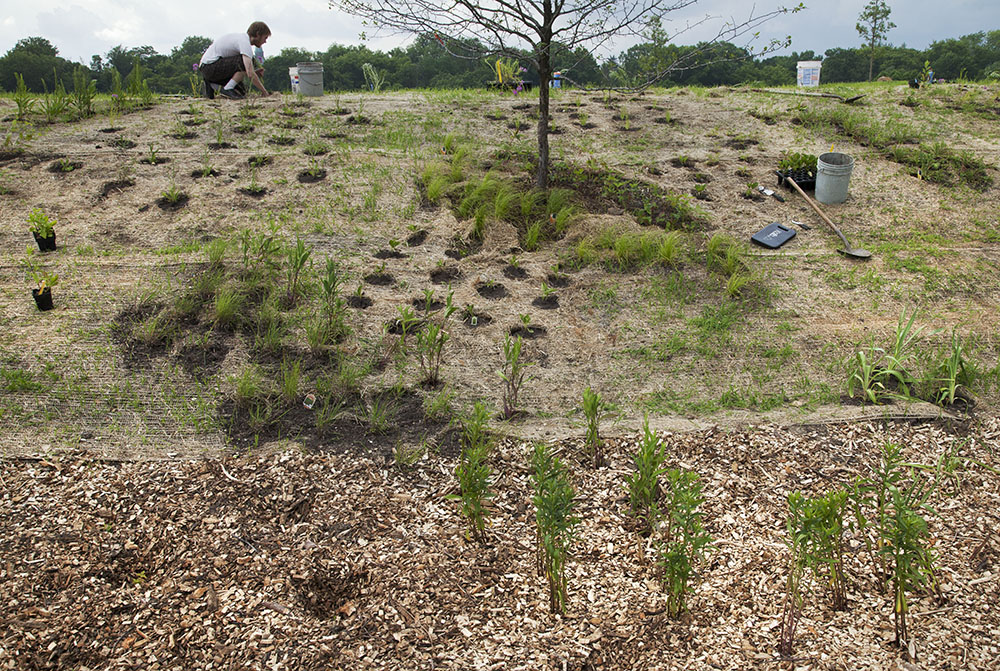
Seek advice from professionals. Planting logistics vary based on a tree’s size; whether it is bare-root, potted, or balled-and-burlapped; and site conditions. Look to plant nursery staff, books, or reputable online sites, such as the DNR: dnr.wisconsin.gov/topic/treeplanting/tips.
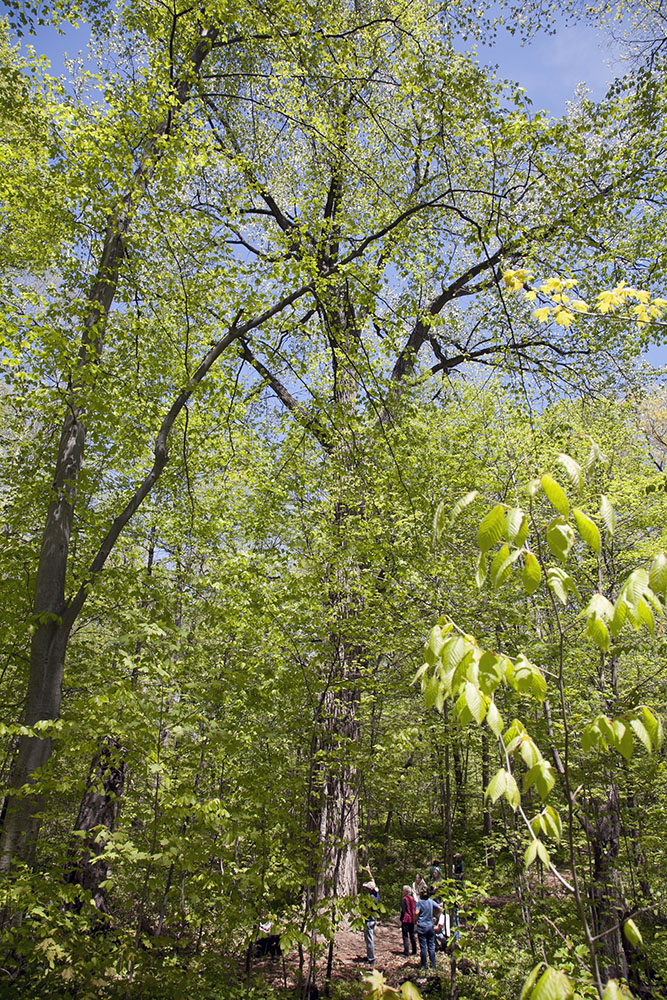
Water trees. Krouse said that it’s essential to regularly and deeply water young trees and to continue to do so whenever they are stressed by drought or other factors.
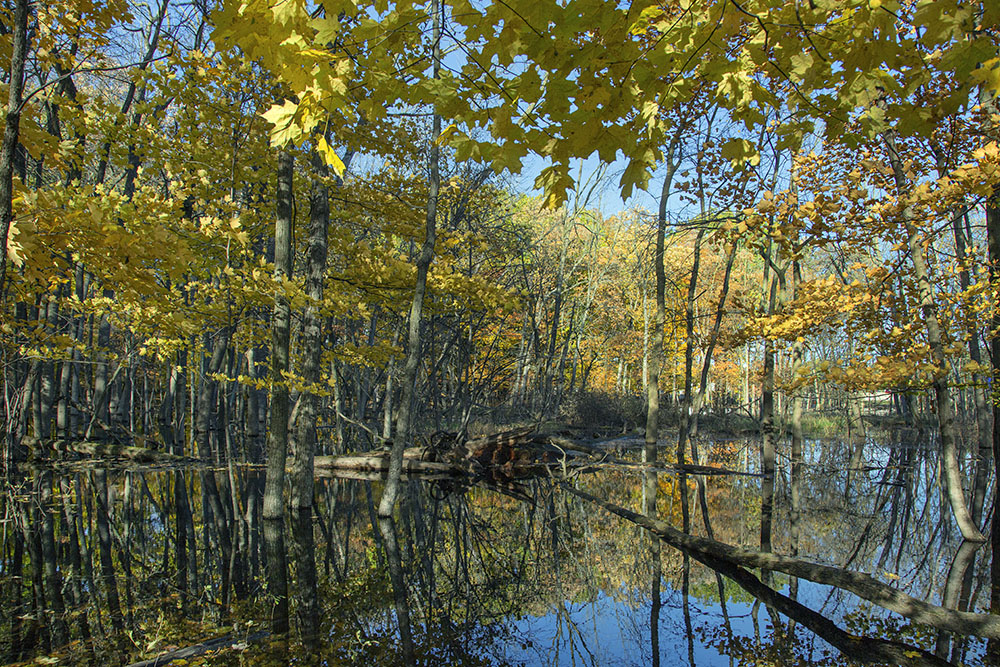
Mulch, but in moderation. A thin layer of an organic mulch (something that will decompose and become soil) helps protect tree roots and nourish trees. Beware of overdoing it. Krouse said the “mulch mountains” often seen piled up beneath trees actually will harm them by depriving the roots of needed oxygen. That compromises tree health and leads to premature decay. A mulching rule of thumb is to always expose a tree’s “root flare,” the point of the trunk where roots begin to fan out. It’s also best to have mulch or ground covers directly next to trees, not turfgrass. Mowing near trees can result in harming the bark.

Become familiar with nearby trees. Frequent walks through one’s neighborhood or a green space offer opportunities to observe trees, their growth habits and the cycles of their leaves, blooms and seed pods. Noticing both the forest and individual trees deepens knowledge and appreciation. Long-standing woodlands, including in our exemplary public parks, are great places to view trees, perhaps with a field guide such as Trees of Wisconsin.
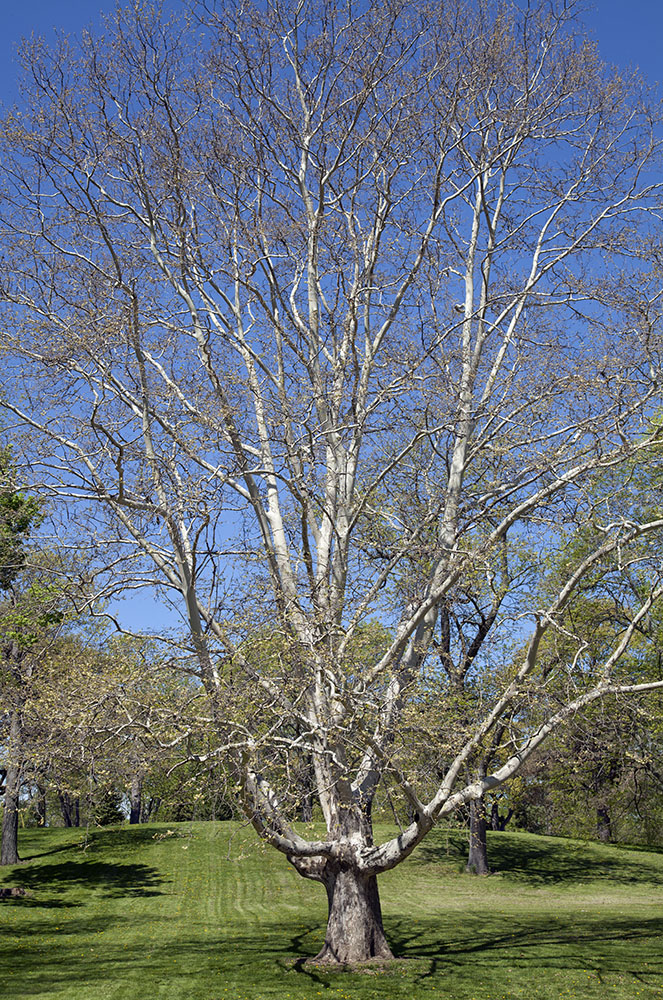
Visit sites that showcase and identify trees. Forest Home Cemetery is “Milwaukee’s first accredited arboretum.” This means that the cemetery, opened in 1850, has “met the requirements of having over 100 labeled trees, paid management, public access and enhanced educational programs,” according to Forest Home’s website. Open daily for self-guided tours, public and private tours are also offered. Joggers, dog walkers, bicyclists and birders are all welcome to enjoy “nearly 200 acres of natural beauty, which include 2,600 majestic trees comprised of over 100 different species.”
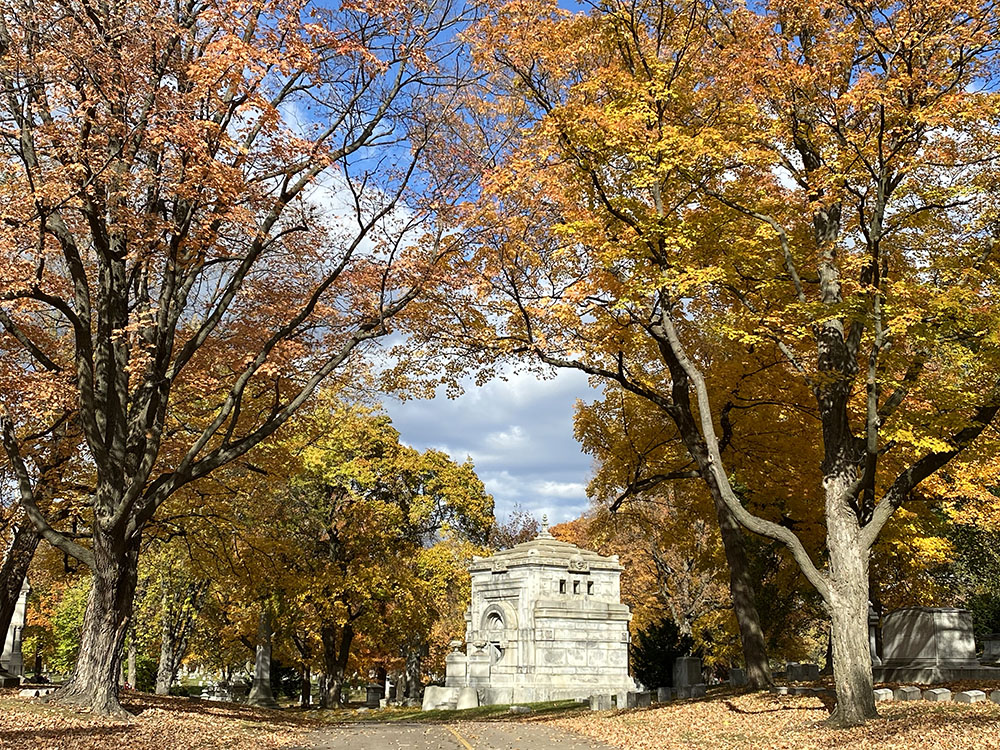
Landscape architect Tom Mortensen also recommends visiting the historic 90-acre grounds of the Milwaukee Soldiers Home (part of the Zablocki Veterans Administration Center). Some of the exceptional trees there are centuries years old, including some that pre-date European settlement. Open to the public, this National Historic Landmark site has also been documented in the Historic American Landscape Survey (HALS).
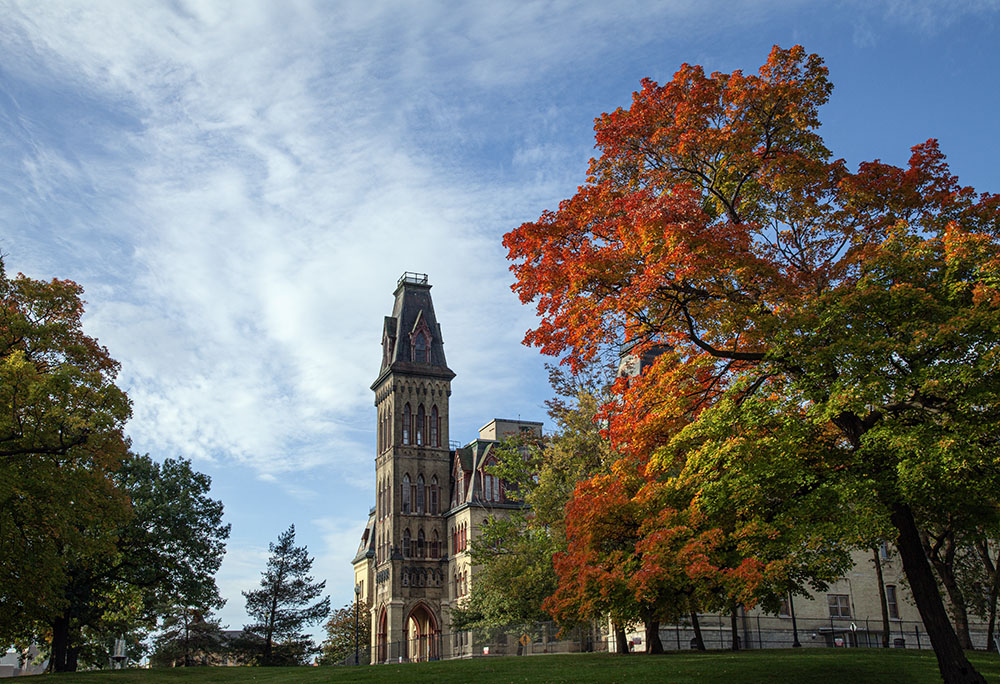
Join with others to conduct advocacy. Issues relating to the tree canopy often require collective action and long-term, big-picture thinking. One such program, the Milwaukee Water Commons’ Branch Out Milwaukee initiative, evolved through collaboration “to assist residents in tree plantings and maintenance on their residential property.”

Donate. Individuals can donate to plant well-established trees as memorials in Milwaukee County parks, by contacting Park People of Milwaukee County. The Milwaukee Urban Forestry Fund accepts donations of any amount to be used for small, community-based tree-planting projects. Other local and national organizations also enlist donations for trees.
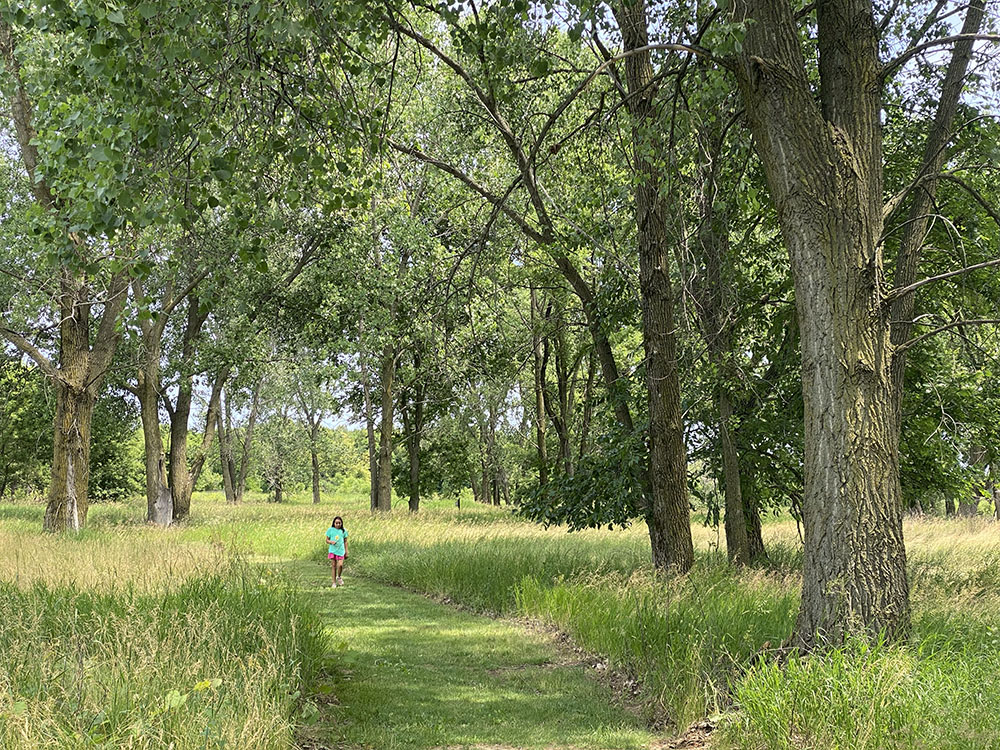

Act on behalf of the future. The Roman poet Statius wrote, “He plants trees for the benefit of another century … upon which his own eyes shall never see a berry.” Those future investments are needed more than ever. We are, indeed, all in this together.

Related stories:
Protecting & Restoring Nature in the City
Native Species: Our Home is Their Home
Trailblazers aim to bring nature back to Milwaukee’s 30th Street Corridor neighborhood
This story was originally published in the Shepherd Express; it is reprinted here with permission from the author.
Virginia Small is an award-winning journalist and lifelong writer in multiple genres. She has served as a senior editor for a national landscape magazine, a staff reporter and cultural critic for several newspapers, and a contributor to many national and regional publications, including the Tampa Bay Times, Strong Towns, AlterNet and USA Today.
Eddee Daniel is a board member of Preserve Our Parks and author of The Milwaukee River Greenway: A Wealth of Nature in the Heart of the City, among other books. Many of the images in this story were taken in various Milwaukee County Parks. The Milwaukee County Parks Department is a project partner of A Wealth of Nature.
One thought on "Planting and Tending Trees for the Planet"
Comments are closed.


Excellent article and beautiful photos by Eddee highlighting the many excellent points and & wealth of information being made in Virginia’s article about planting and caring for trees and by extension our planet!!
Thank you both for sharing !